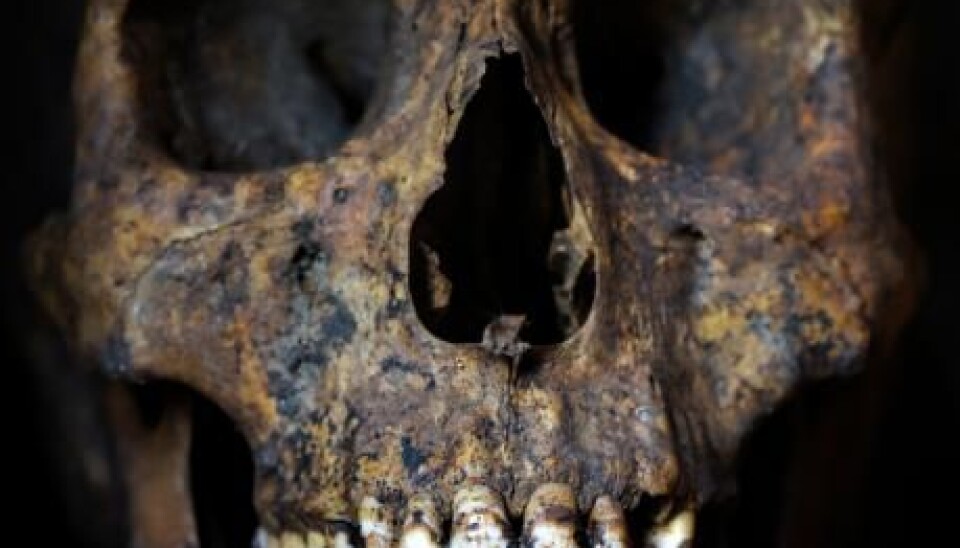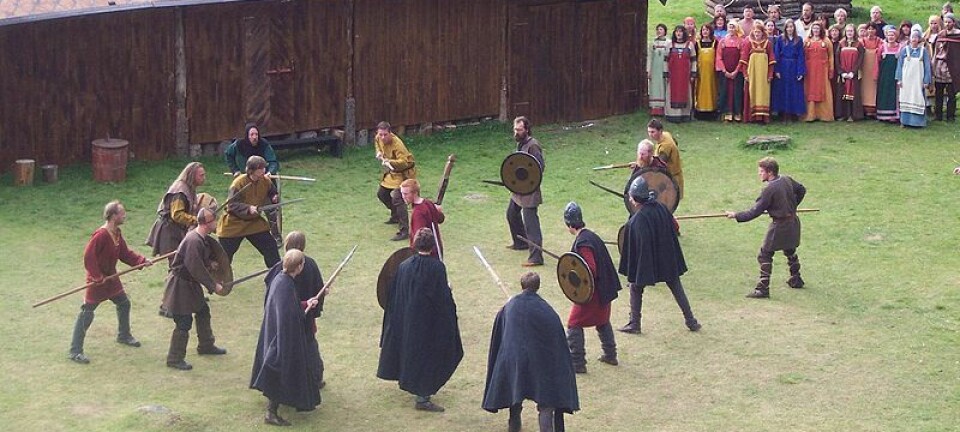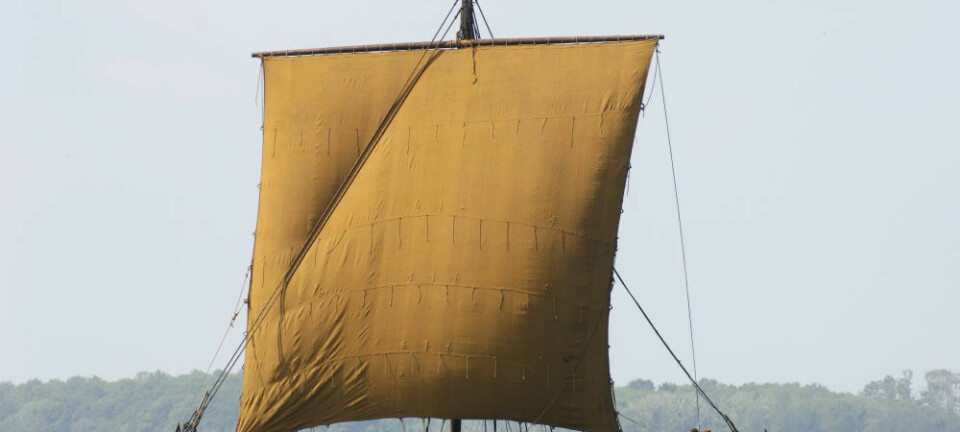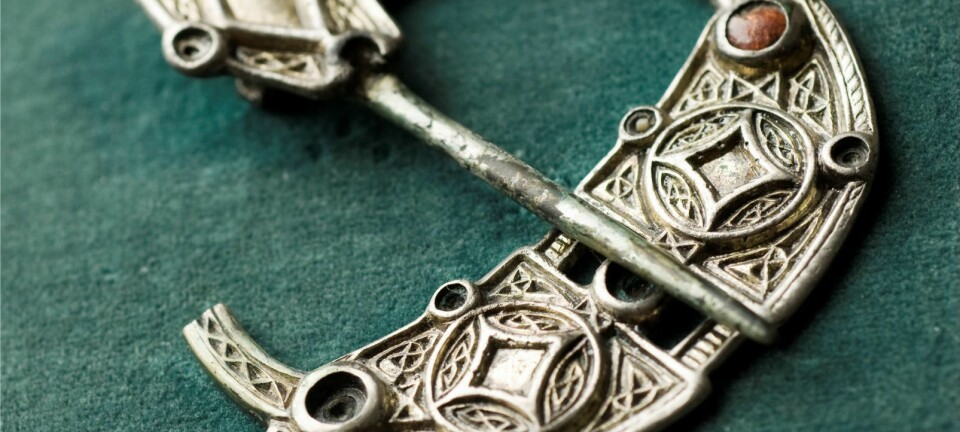
Archaeologists and historians clash with geneticists over Viking study
Geneticists and biologists are increasingly involved in historical research. But as the new boys on the block, collaborations do not always run smoothly.
A large DNA study has received criticism from archaeologists who think that geneticists have gotten the wrong end of the stick and misunderstood the Viking occupation of England.
The story is just the latest in a series of examples demonstrating how archaeologists, historians, and geneticists are far from in agreement on how the past should be interpreted and described.
“The debate on the Vikings in England sets a trend that is often debated among archaeologists—that geneticists don’t have all the necessary knowledge of the historical sources,” says Søren Sindbæk, archaeologist and professor with special responsibilities in the School of Culture and Society from Aarhus University, Denmark.
A newcomer to writing history
Archaeologists and historians have traditionally documented our history, but in recent decades, DNA has entered the field as an entirely new form of historical evidence.
“It has helped to create a new interdisciplinarity, where we’ve started to get biologists and geneticists involved in archaeological research. It’s exciting because we’ve obtained masses of new data from it. But it’s essential that we work together to interpret and understand each other’s sources. It’s not enough for DNA scientists to just read what appears in popular scientific history books. You need to understand the context and the details in order in order to get it right,” says Sindbæk.
Read More: The Viking Age should be called the Steel Age
“Archaeologists can feel threatened”
The controversies between archaeologists, historians, and geneticists in-part stems from DNA scientists who do not always understand the historical context or overlook important historical details, says Professor Rasmus Nielsen from the Center for Theoretical Evolutionary Genomics at the University of California, Berkeley, USA.
“But the debate is also a result of archaeologists who feel threatened by a new form of historical data that they don’t control,” says Nielsen.
Professor and director of The Wellcome Trust Centre for Human Genetics at the University of Oxford, Peter Donnelly, points out that DNA research can provide new information and a different view of history.
“Archaeology often tells us about the rich in society--jewellery and many other artefacts tell us about society's elite. There is a famous saying that history is written by the victors. But genetic material does not distinguish between rich and poor or winners and losers,” says Donnelly.
“Therefore, DNA studies contribute new pages to our written history, but it’s obviously very important that we work together with archaeologists and historians,” says Donnelly, who co-authored a large DNA study to map historical migrations to the UK using modern DNA—one being the Danish Viking invasions from the 9th to the 11th century.
Read more: New study reignites debate over Viking settlements in England
Tendency to consider DNA as more ‘factual’
Archaeologist Jane Kershaw, from University College London, is critical of Donnelly’s findings concerning the impact of the Danish Viking settlement of England. Kershaw is an archaeologist specialising in Viking remains in Britain.
“When the DNA study results on the Danish Vikings came out, people believed that the DNA results trumped our archaeological results. Some said that archaeologists had got it wrong. I simply had to contradict that argument,” says Kershaw.
“People have a tendency to consider DNA studies as more factual than archaeology, But DNA studies also have to be critiqued—just like any other area of research. DNA research is an exciting field, with enormous potential for transforming our understanding of the past, but the results of DNA studies must not be accepted automatically,” says Kershaw.
Read more: Why Danish Vikings moved to England
Need to collaborate
Archaeologists, biologists, geneticists, and historians need to work together more closely in order to reach the best possible interpretations of the past, says Nielsen.
He names Danish geneticist, Eske Willeslev as an example.
“We need to collaborate across academic disciplines, but it is difficult sometimes because we don’t always speak the same language. But it’s worth the effort to avoid these types of problems. One of the reasons that Eske Willerslev’s studies are so good is exactly because he gets leading archaeologists and historians involved in his projects. It’s clearly the way to go,” says Nielsen.
Read More: Did Stone Age people build a large labyrinth in Denmark?
Physics is already integrated
Sindbæk points out that there’s a long history of other scientists hopping a board the archaeology train: physicists, chemists, and other natural scientists were involved long before geneticists and biologists came along, he says.
For example, physicists had already begun to revolutionise archaeology in the 1950s with the use of radioactive carbon-14 to date archaeological remains.
“[These years represent] the third revolution of natural sciences in archaeology. Biological methods proved particularly popular. [These] new methods [could] investigate at a molecular level, be that antiquities, or remains of animals or people,” says Sindbæk.
“Things that previously were [considered] just dead material are suddenly an enormous source of knowledge about the past, and that has certainly helped archaeology. DNA research is just one aspect of this exciting archaeological revolution. We can suddenly get information about the past by studying living human genomes,” he says.
Read More: Burnt down Iron Age house discovered in Denmark
Historical DNA research version 2.0
Sindbæk himself works within a cross-disciplinary research centre where physicists, geologists, archaeologists, and historians collaborate. He adds that the next step is to welcome biologists and geneticists into the fold.
“A geneticist has probably not sat and studied historical sources for decades, or followed the protracted, dry academic discussions of archaeologists. And we archaeologists don’t understand all of the new methods and data that biologists and geneticists can offer. We now need to have a dialogue and understand each other, if we’re to open up this treasure chest of knowledge,” he says.
“The 2000s were a period with many exciting methodological DNA studies, but their value to academic historians was limited. Now, we’ve started a dialogue that should enable us to get real historical knowledge out of the DNA studies. It’s historical DNA research version 2.0.”
--------------
Read the full story in Danish on Videnskab.dk
Translated by: Catherine Jex










